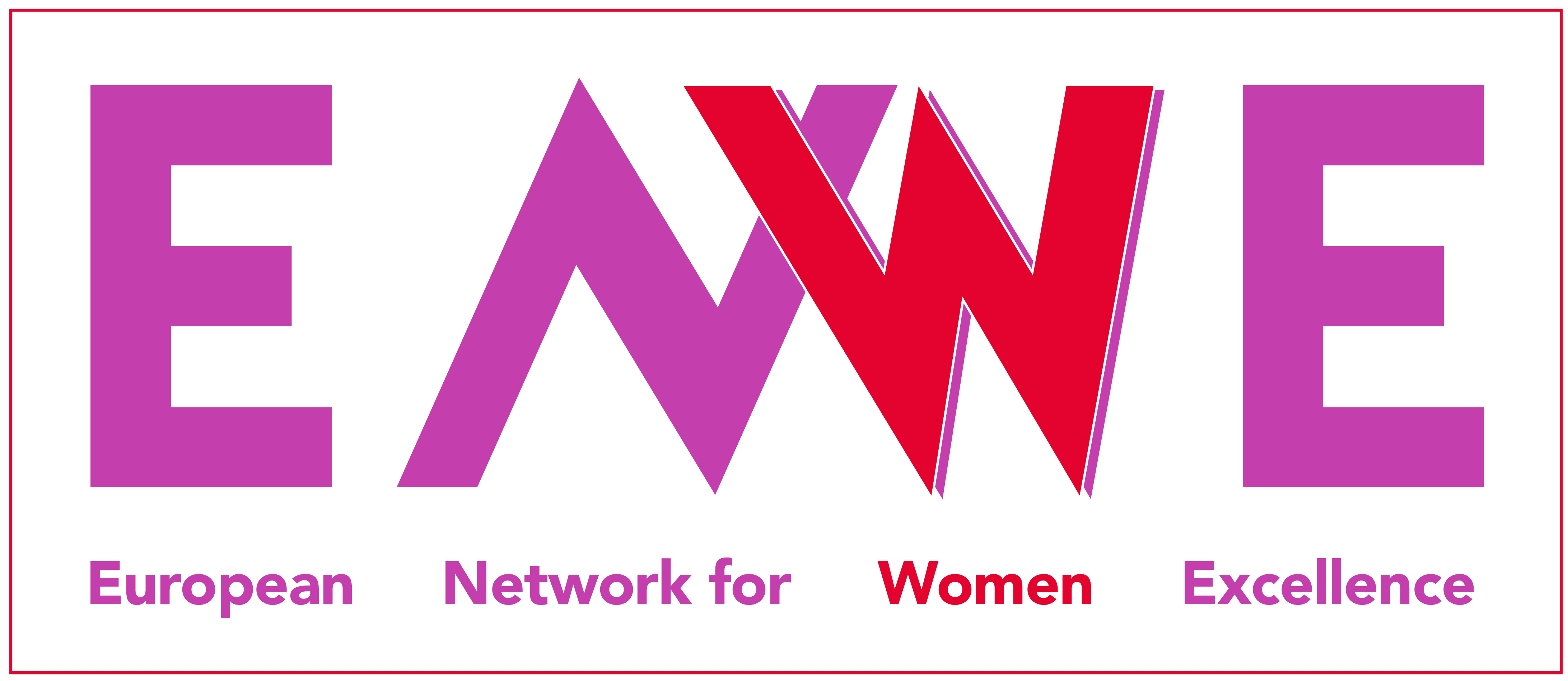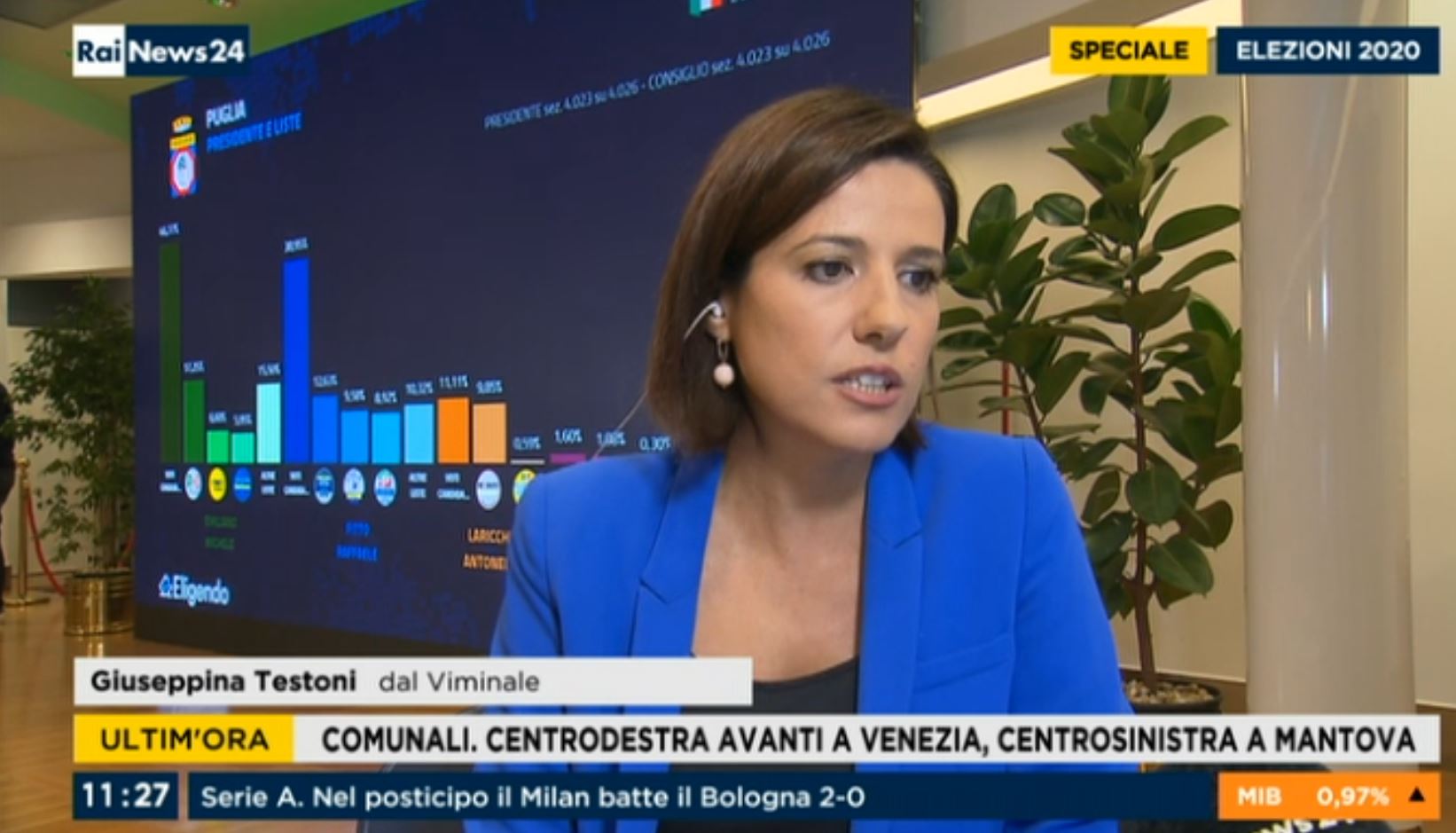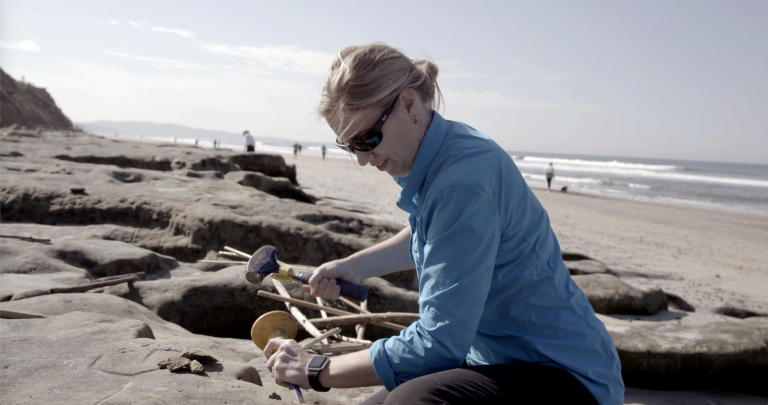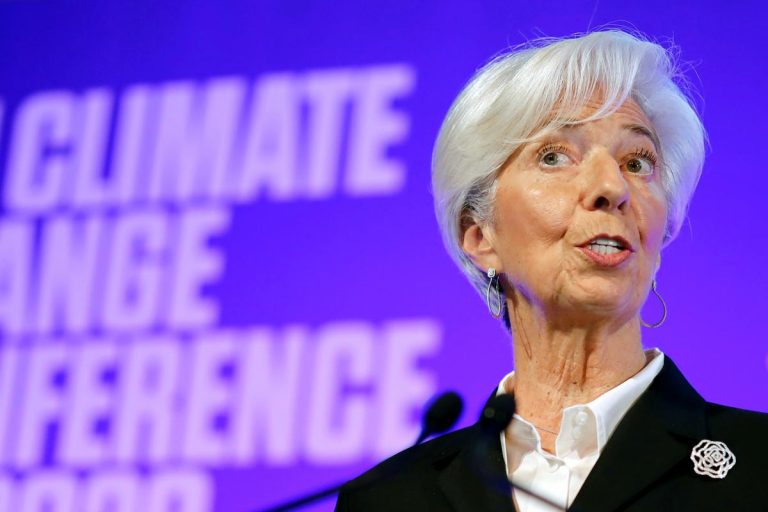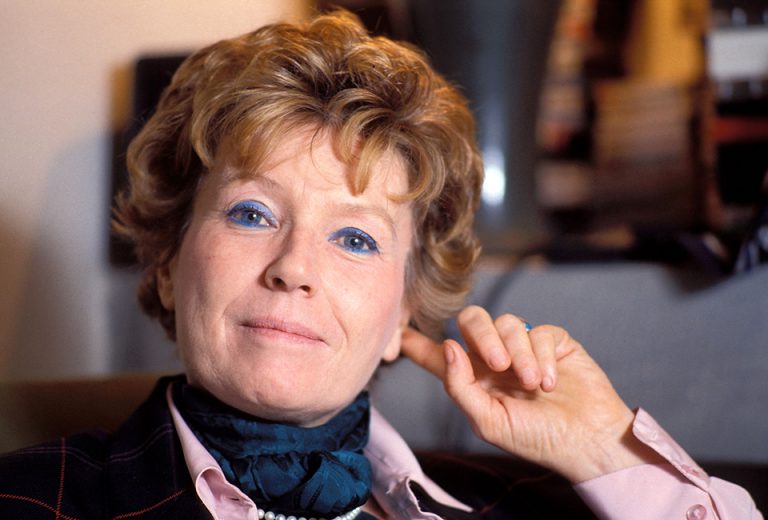Sardinian TV news: women no longer just victims
Women experts come out of invisibility
Sardinian newscasts reflect a female universe made up not only of women who suffer (violence, poverty, illness) but also of women who actively participate in public life with authority and competence. The positive trend is highlighted by the results of the Sardinian TV networks monitoring conducted by the Osservatorio di Pavia, concurrently with the Global Media Monitoring Project (GMMP), and previewed at the Regional Council of Sardinia, with the participation of its president Michele Pais, and the president of the Regional Communications Committee (Corecom) of Sardinia, Susi Ronchi.
“Contrasted data has emerged. There is a greater presence of women interviewed as experts, which expresses an approach challenging stereotypes. Still, on the other hand, there is a lack of space for reflection on the causes that determine these stereotypes. Therefore, it is necessary to encourage a debate, with the media’s contribution, to move towards a balance,” commented Susi Ronchi. The data presented are a preview of the results of the GLocal Media Monitoring Project research, which combines international analysis tools with local journalism practices and also involved the Provincial Communications Committee of Bolzano and the Corecom of Emilia Romagna. The final results will be provided together with the national and international results, in the spring of 2021.
Commenting on the preview, Monia Azzalini who, together with Claudia Padovani, has been the Italian GMMP Coordinator for 20 years, notes: “The most interesting fact is that women experts come out of invisibility and reach the high share of 42.5%, with an increase of 40.4% compared to 2007, when the figure stopped at 2.1%. At the same time, women making the news as victims are just 4.3%, exactly like men, while 13 years ago, women accounted for almost double their male counterparts: 6% versus 3.3%. We are moving towards a balanced media representation, in which women no longer meet the newsworthiness threshold only when they are victims of violence, crime, poverty, illness, or disasters, but they gain visibility as authoritative professionals, taking on the active and prestigious role of opinion makers. It is an important indication, even if it reflects only a regional situation for the moment.”
Other interesting data (albeit negative) concern the slow growth of women journalists in these TV networks. Representation remains below the actual national data, which has long since exceeded the 40% threshold: the percentage of female writers and correspondents has increased by 11.3% in 13 years, attesting the share of women journalists at 32.6%, while when it comes to hosting TV news, women are only 3 out of 12. Another aspect the monitoring evaluated is how people are presented: in 3 out of 4 cases, women were introduced by their name and title (professional or political) and in more than half of the cases with language that was respectful of their gender (for example, in Italian, using the feminine declination of mayor, minister). According to Azzalini: “At mainstream level, a situation of imbalance is being corrected, but a great deal of commitment is still needed because only 5.4% of the news focus on women and only 1% challenge gender stereotypes.”
The study represents a small part of the 6th edition of the GMMP, the largest and longest-running research and advocacy project on women in the media. The universities of Calabria, Milano-Bicocca, La Sapienza of Rome, Turin, and Ca’ Foscari of Venice collaborated on the 2020 edition, for Italy. The national coordination was carried out by the University of Padova and the Osservatorio di Pavia, which simultaneously conducts, as has become tradition, the GLocal Media Monitoring Project, monitoring local TV networks.
The Covid-19 pandemic did not stop the Global Media Monitoring Project (GMMP) 2020, which involved thousands of volunteers from 145 countries worldwide. The GMMP 2020 is the sixth in a series of extensive monitoring studies on the relationship between gender and media, conducted every five years since 1995. Analyzing how women and men are represented in the news in print, in radio and television broadcasts, online, and on social media, the GMMP highlights the gender inequalities perpetuated in and through the news media, and puts forward proposals for necessary change. Despite the pandemic, the media monitoring has taken place in every region of the world, from Argentina to Zimbabwe. Four countries joined the GMMP for the first time: Greenland, Myanmar, Iraq, and East Timor. Russia also joined after a 20-year absence. “This GMMP is particular due to complications from the Covid-19 coronavirus, which has had a profound impact on both the news agenda and the ability to organize the monitoring network,” said Sara Macharia, the GMMP global coordinator. To date, the monitoring results have shown very slow progress in bringing women’s voices to the forefront in the public discourse taking place in traditional and digital media. The GMMP research shows a still predominantly “male” worldview in the news, revealing gender discrimination and stereotypes that perpetuate discrimination and violence against women and girls.
The preliminary results of the GMMP 2020 are expected within the first months of next year.
